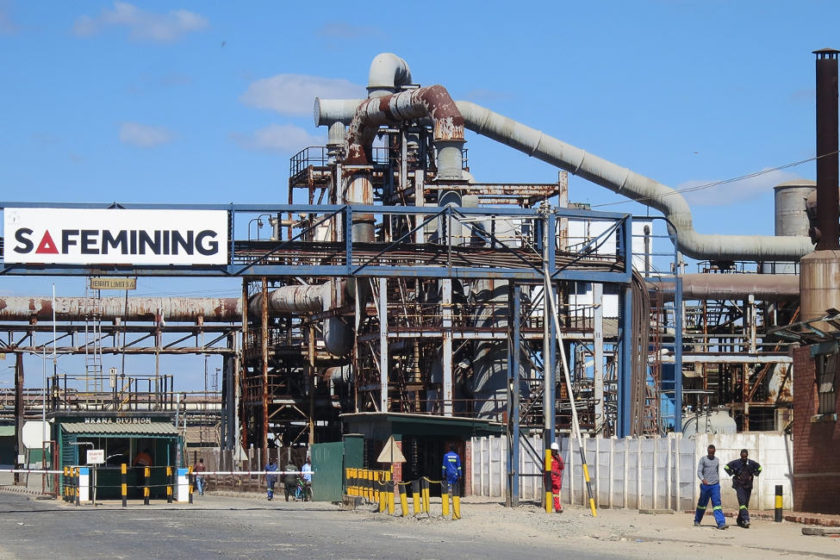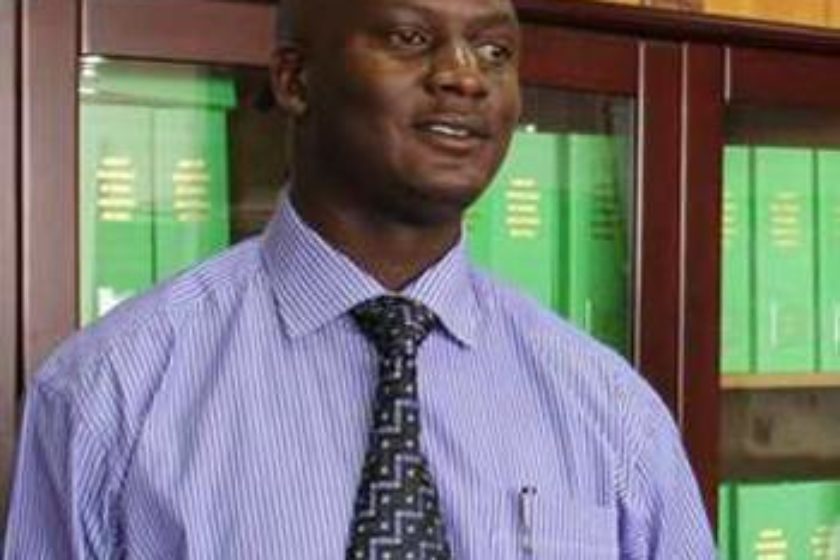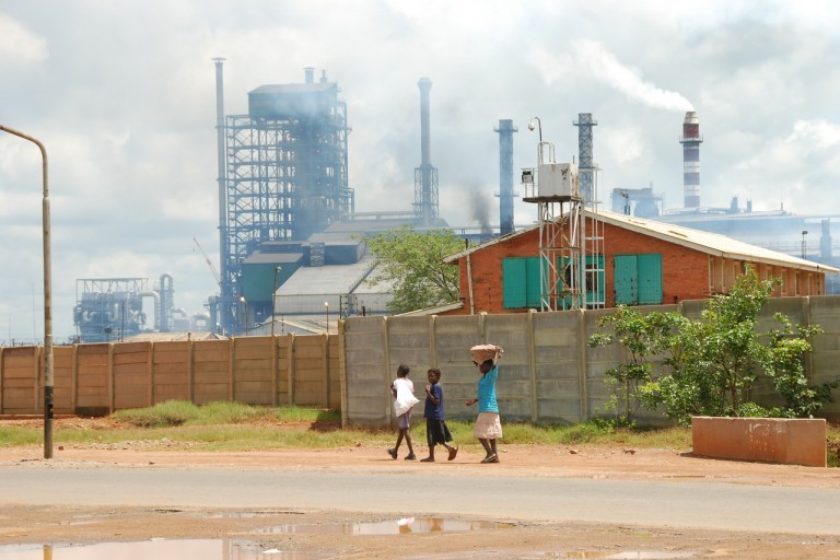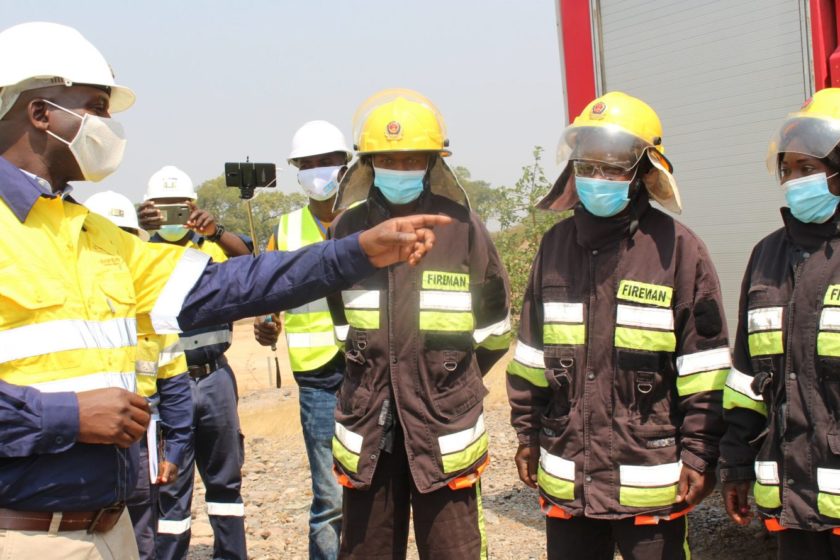Glencore will likely sell its entire 73.1% stake in Zambia’s Mopani Copper Mines to the government’s mining investment arm ZCCM-IH rather than becoming a minority stakeholder, two sources with direct knowledge said.
Zambia and Swiss-based Glencore are at “cross purposes” over Mopani, Zambian Mines Minister Richard Musukwa had said on Tuesday when he announced ZCCM-IH aims to increase its shareholding in Mopani to 51% “or even more”, from 10% currently.
Glencore’s plans to put Mopani on care and maintenance prompted the Zambian government to threaten in April to revoke the firm’s mining licences.
Two sources with direct knowledge of the negotiations said Glencore is looking to exit the asset entirely.
“As of now, we are discussing a potential sale of their stake in Mopani,” said one of the sources.
A Glencore spokesman declined to comment. First Quantum, which owns 16.9% of Mopani, did not respond to a request for comment.
The move by ZCCM-IH to take control of Mopani is part of its strategy shift away from minority stakes and towards running mines as an operator.
Glencore wrote off the value of Mopani by $1.144 billion in its half-year earnings report earlier this month, saying the estimated recoverable value was $704 million, including tax receivables.
Mopani’s total liabilities exceeded its total assets by $2.562 billion in 2019, the company reported in a financial statement, indicating “a material uncertainty in relation to the going concern assumption”.
Mopani produced 51,275 tonnes of finished copper in 2019 including purchased materials – accounting for 13.9% of Glencore’s African copper output and 3.7% of its overall copper output.
Glencore, which reported a first-half loss due to the impact of the pandemic, will not reap the benefits of billions spent on expansion projects over the last three years if it sells to ZCCM-IH but investors see this as a way for the miner to cut its losses.
“Mopani has been a big headache for Glencore, the mine has never delivered anything for shareholders,” a Glencore shareholder, who asked not to be identified, said, citing numerous accidents and operational issues.
Cash Constraints
A major hurdle to clinching the deal is Zambia’s lack of funds to pay for the stake and fund the mine’s running costs, sources say.
Glencore’s stake in Mopani is worth $514.6 million, according to its own valuation. Mopani’s 2019 financial statement shows operating expenses of $931 million.
Zambia’s total foreign exchange reserves stood at $1.43 billion at the end of June, equivalent to just 2.3 months of import cover, according to the central bank.
ZCCM-IH’s cash and term deposits together amounted to 828.9 million Zambian kwacha ($43 million) by March 31 2019, according to the latest financial statements on its website.
A ZCCM-IH spokeswoman did not reply to Reuters’ questions about how it would finance the stake purchase.
“The state’s cash constraints point to an amicable solution,” said Eric Humphery-Smith, Africa analyst at global risk advisory firm Verisk Maplecroft.
“The government may have threatened expropriation in the past, but the need for copper revenues likely precludes that option.”











